Brake Booster Not Getting Enough Vacuum [Causes And Fixes]
A brake booster relies on vacuum pressure from the engine to amplify the force applied to the brake pedal, making it easier to stop your vehicle. However, when the brake booster does not receive enough vacuum, it can lead to a range of issues that affect your braking performance and, ultimately, your safety on the road.
In this article, we’ll explore the common symptoms of a brake booster not getting enough vacuum, the potential causes of this issue, how to diagnose and fix the problem, and preventive measures to ensure your brake booster operates smoothly.
Symptoms of Brake Booster Not Getting Enough Vacuum
When a brake booster lacks sufficient vacuum, common symptoms include a hard brake pedal requiring more pressure to engage, delayed braking response, and hissing or whistling noises during braking.
These issues arise due to vacuum leaks or insufficient vacuum supply, affecting braking efficiency and safety. Addressing such symptoms promptly is crucial to maintaining braking system functionality.
What Causes a Brake Booster to Not Get Enough Vacuum?
One common cause is a vacuum leak in the brake booster or vacuum hose. A leak can occur due to a damaged diaphragm, deteriorated seals, or loose connections, allowing vacuum pressure to escape and reducing the booster’s effectiveness.
Another possible cause is a malfunctioning check valve, which is responsible for maintaining vacuum pressure in the booster. If the check valve fails, vacuum pressure can drop, affecting the booster’s performance. Additionally, problems with the engine’s vacuum system, such as a faulty vacuum pump or vacuum hose, can also lead to insufficient vacuum supply to the brake booster.
In some cases, a vacuum reservoir may be installed to store vacuum pressure and ensure a consistent supply to the brake booster. If the reservoir is damaged or not functioning correctly, it can result in insufficient vacuum reaching the booster.
How to Diagnose a Brake Booster Not Getting Enough Vacuum?
Diagnosing a brake booster that is not receiving enough vacuum involves several steps to identify the root cause of the issue. Here’s a thorough guide.
Visual Inspection
Inspecting the brake booster and vacuum lines involves looking for physical damage such as cracks, leaks, or loose connections. Check the check valve as well to ensure it’s properly installed and functioning. Any visible damage or leaks could be the source of the vacuum issue.
Brake Pedal Feel
Testing the brake pedal feel involves pressing the brake pedal to see if it feels hard or requires more pressure than usual to engage. A hard pedal can indicate that the brake booster is not receiving enough vacuum to assist with braking.
Engine Vacuum Test
Using a vacuum gauge, measure the vacuum pressure in the engine. Compare the readings to the manufacturer’s specifications. Low vacuum pressure can suggest a problem with the engine’s vacuum system, which may be affecting the brake booster.
Vacuum Leak Test
Perform a vacuum leak test by using a vacuum pump to apply vacuum pressure to the brake booster. Listen for any hissing or whistling noises, which indicate a leak in the brake booster or vacuum hose. A leak can cause a loss of vacuum pressure and affect the booster’s performance.
Check Valve Test
Remove the check valve from the vacuum hose and blow through it in both directions. The valve should only allow airflow in one direction. If it allows airflow in both directions or doesn’t allow any airflow, it may be faulty and need replacement.
Brake Booster Functionality Test
To test the functionality of the brake booster, pump the brake pedal several times with the engine off to deplete any residual vacuum. Then, hold the brake pedal down and start the engine. If the pedal sinks slightly when the engine starts, it indicates that the booster is working correctly and is receiving enough vacuum.
How to Fix a Brake Booster Not Getting Enough Vacuum?
Fixing a brake booster that is not getting enough vacuum involves identifying and addressing the underlying cause of the issue.
Before attempting any repairs, it’s essential to identify the cause of the insufficient vacuum. This could be a vacuum leak, a malfunctioning check valve, or issues with the engine’s vacuum system.
If a vacuum leak is the culprit, inspect the brake booster and vacuum lines for leaks, cracks, or loose connections. Replace any damaged components and ensure that all connections are tight and secure.
If the check valve is faulty, remove and replace it with a new one. The check valve ensures that vacuum pressure is maintained in the booster and prevents it from escaping back to the engine.
If the issue lies with the engine’s vacuum system, such as a faulty vacuum pump or vacuum hose, repair or replace the damaged components as needed.
After making the necessary repairs, test the brake booster to ensure that it is receiving enough vacuum. Start the engine and press the brake pedal. If the pedal feels firm and responsive, the issue has likely been resolved.
How to Prevent Future Issues With Vacuum Supply to the Brake Booster?
To prevent future issues with the vacuum supply to the brake booster, it’s important to prioritize regular maintenance and care for your vehicle’s braking system. Start by conducting regular inspections of the vacuum lines, checking for any signs of damage like cracks, leaks, or loose connections. Address any issues promptly by replacing damaged components to maintain a proper vacuum seal.
Another crucial step is to regularly check the check valve for proper functioning. Ensure that it allows airflow in one direction only and isn’t stuck or damaged. Replacing the check valve when necessary can help prevent issues with the vacuum supply to the brake booster.
Maintaining the engine vacuum system is also essential. Keep the vacuum pump, vacuum hoses, and other components in good condition by checking them regularly for any signs of wear or damage. Addressing these issues promptly can help ensure that the vacuum supply to the brake booster remains sufficient.
Additionally, driving carefully can also help prevent issues with the vacuum supply to the brake booster. Avoid sudden and aggressive braking, as this can put extra strain on the braking system and the brake booster. Drive smoothly and anticipate stops to reduce wear and tear on the system.
Regularly checking the brake fluid level and condition is also important. Ensure that the brake fluid is at the correct level and is in good condition, as low or contaminated brake fluid can affect the operation of the brake booster.
Related


Meet Lakith, the driving force behind MyGasMagazine.com. A seasoned mechanic with over 7 years of hands-on experience in our family-run Gas Mag Garage, Lakith combines his technical expertise with a deep passion for cars. His journey in the automotive world began alongside his father, learning the intricacies of car repair and maintenance. Today, as the founder of MyGasMagazine.com, Lakith shares his wealth of knowledge, offering readers a unique blend of practical advice, industry insights, and engaging stories from the vibrant car culture of Sri Lanka.


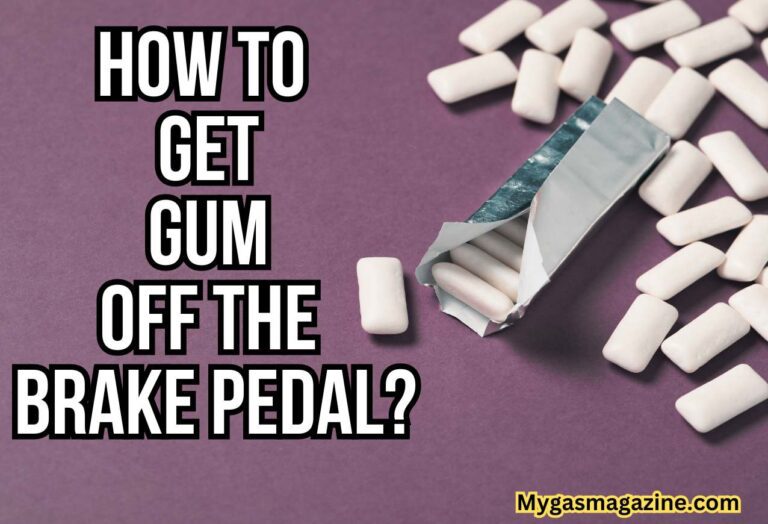
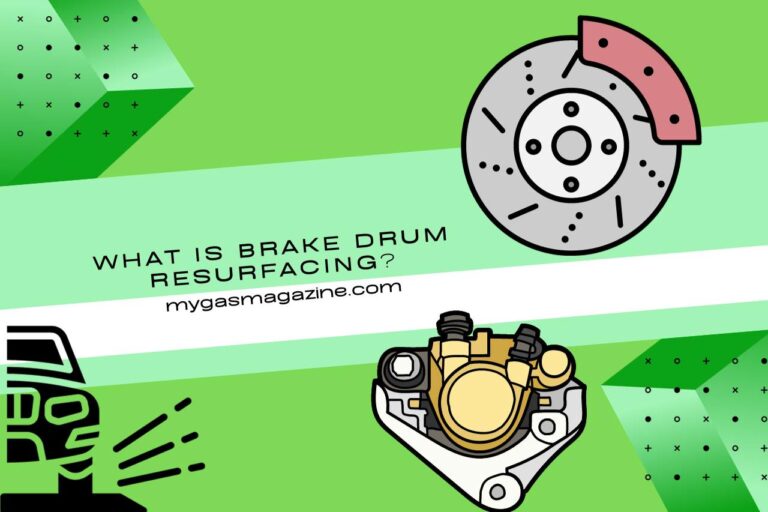
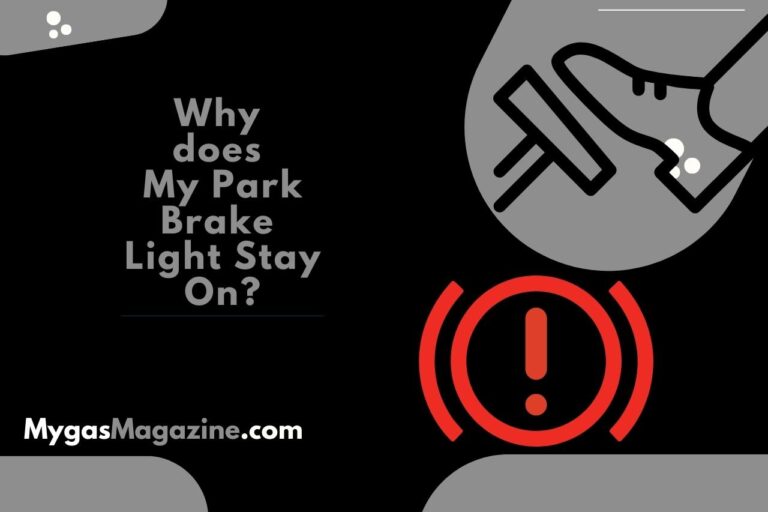

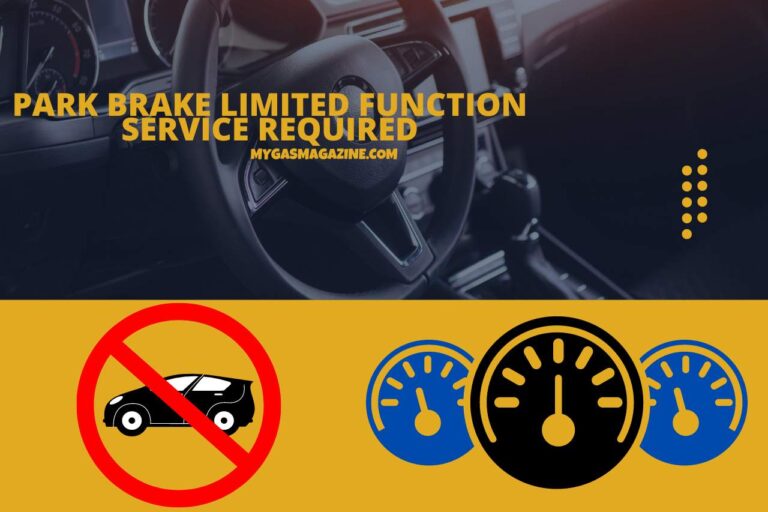
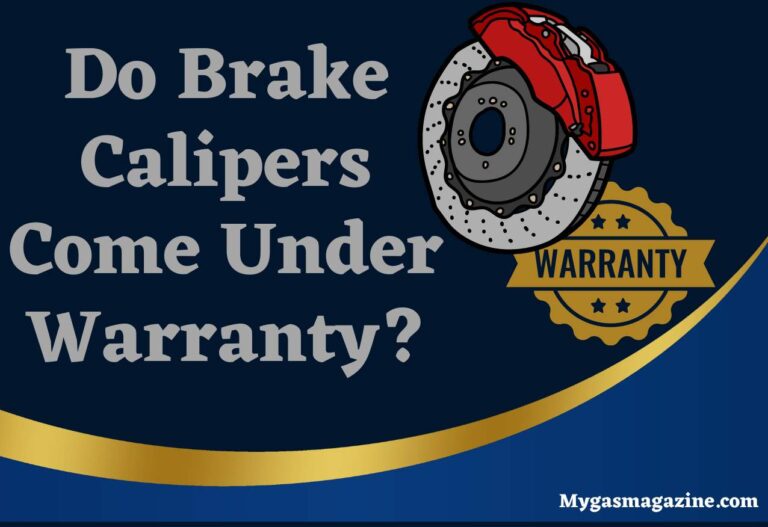
2 Comments
Comments are closed.